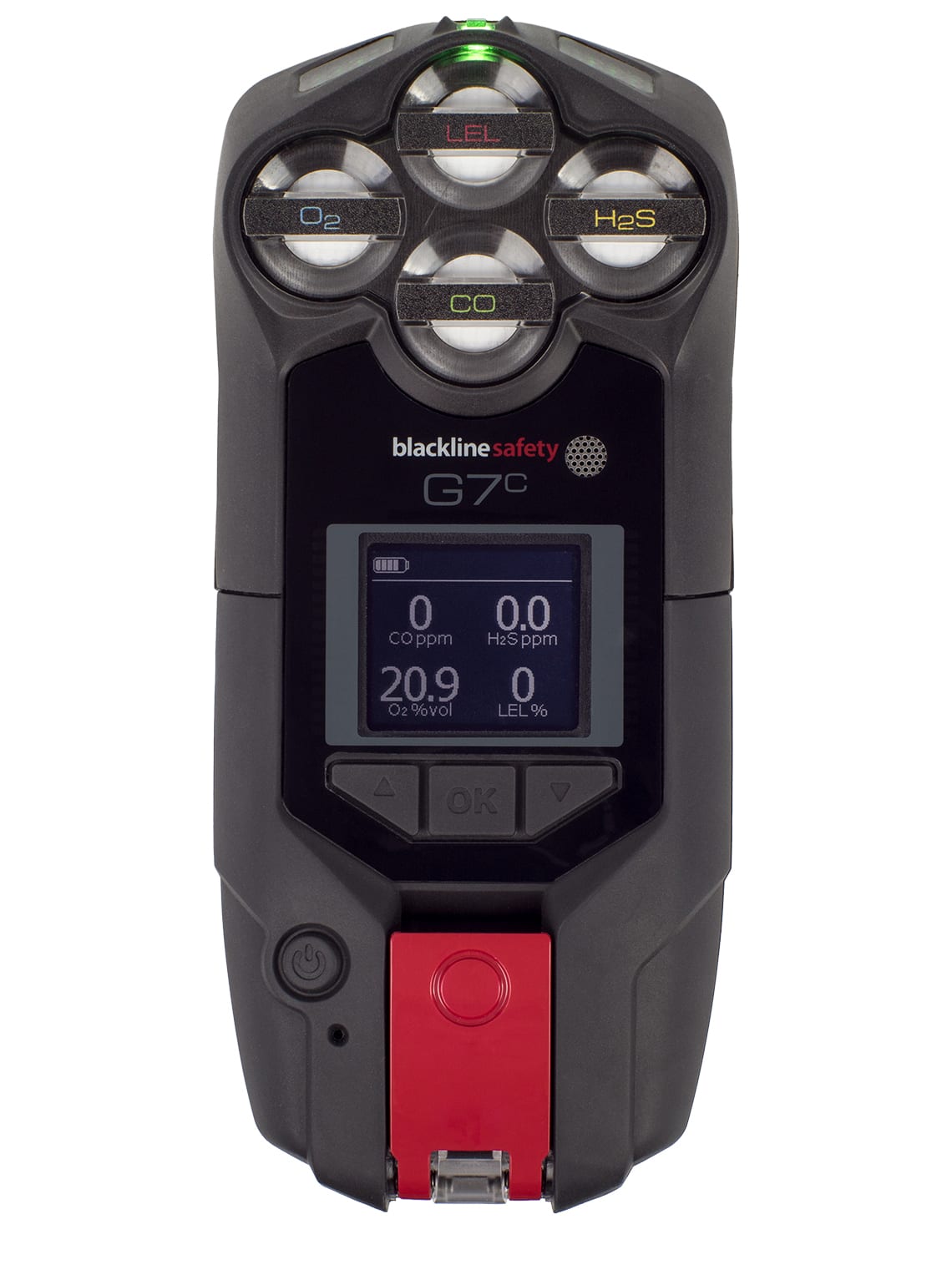
An emergency response plan template provides an infrastructure for responding to emergencies your business may face. Many organizations will have a unique template for specific types of emergencies, from cyber-attacks, active shooter or workplace injuries. To determine which emergency response templates your organization should have on hand, review the incidents and emergencies from the past couple of years. Identify your business's most likely and most impactful risks so you know how to prioritize each template.
In this article, we are going to focus on emergency response plans for remote workers. Remote workers or anybody working alone tend to be some of the most vulnerable employees that are often overlooked. The severity of any incident can become more severe without the proper means of communication and adequate response.
To start your emergency response plan template, specify the type of emergency the template will be used for. In our first example, we’ll review a standard escalation procedure for fall detection, no motion, or a missed check-in. This example includes the use of a lone worker device called a G7c, made by Blackline Safety.
Step 1: call the G7c device and validate the need for assistance
- If there is no answer, call the phone number assigned to the user (if available).
- If there is still no answer, proceed to Step 2.
- If the user requests dispatch proceed to step 4.
Step 2: end a message to the G7c device: “do you need help?” - wait 2 minutes.
- If the user sends a message back and confirms their well-being, document notes and resolve the alert.
- If there is no response after 2 minutes, proceed to step 3.
Step 3: contact emergency contacts in order of priority. Once someone is reached, provide the emergency contact with the following information:
- Full name of employee
- Company name (if different from the organization name)
- Type of alert
- Time of alert
- GPS Coordinates and approximate address
- Current gas readings (if available)
The emergency contact will then assume responsibility of further action.
If there is no answer from emergency contacts, but a valid and up to date location is available, proceed to step 4.
If a valid and up-to-date location is not available, repeat steps 1 & 3 until someone is reached.
Step 4: if a valid and up-to-date location is available, dispatch emergency services (EMS for: no motion and fall detection and Police for: missed check-in alert), provide the operator with the following information:
- Full name of the employee
- Company name
- Type of alert
- Time of alert
- GPS coordinates and approximate address
- Current gas readings (if available)
Once dispatch has been made contact emergency contacts until someone is reached to advise of dispatch details and then proceed to step 5.
Step 5: wait 30 minutes and then follow up with emergency services on the status of the dispatch, document notes and resolve the alert.
It's important to mention that each emergency response plan should be customized to the organization’s specific risks and tolerance for risk. A template is a good place to start, but should always be tweaked and constantly reviewed for improvements.
Next, let’s take a look at another type of emergency that requires an expert response with little room for error: gas detection alerts for over limit and high gas detection.
Take a closer look at the G7c
- Click here to see G7c specs
The Blackline Safety G7c is one of the most popular lone worker devices on the market. The G7c has an intuitive user interface, and gas detection with easy-to-use replaceable cartridges for common gasses such as H2S, CO, 02, and LEL.
- Check-in
- Two-way messaging
- Gas detection
- 4G Wireless cellular connectivity
- No-motion man down detection

Step 1: if gas levels are still high at the time of the alert, follow step 1A. If gas readings are acceptable at the time of the event, follow step 1B.
Step 1A: call the G7c device and advise the user to leave the area.
- Stay on the line with the user until they leave the area (approximately 750 meters away) and/or the gas readings return to acceptable levels, according to the set threshold
- If there is no answer, call the cell phone number assigned to the user (if available).
- If there is still no answer, proceed to step 2.
- If the user requests dispatch, proceed to step 4.
Step 1B: call the G7c device and validate the need for assistance.
- If there is no answer, call the phone number assigned to the user (if available).
- If there is still no answer, proceed to step 2.
- If the user requests dispatch, proceed to step 4.
Step 2: if gas levels are still high, proceed to step 2A. If gas levels are acceptable, proceed to step2B.
Step 2A: send a message to the G7c device: “Leave the area, understood?”, wait 2 minutes.
- If the user sends a message back confirming their well-being, and gas readings return to acceptable levels, document notes and resolve the alert.
- If there is no response after 2 minutes, proceed to step 3
Step 2B: send a message to the G7c device: “Do you need help?”, wait 2 minutes.
- If the user sends a message back confirming their well-being, and gas readings return to acceptable levels, document notes and resolve the alert.
- If there is no response after 2 minutes, proceed to step 3.
Step 3: if gas levels are still high, follow step 3A. If gas readings are acceptable, follow step 3B.
Step 3A: contact emergency contacts in order of priority. Continue to watch the gas reading(s).
Once someone is reached, provide the emergency contact the following information;
- Full name of the employee
- Company name (if different from the organization name)
- Type of alert
- Time of the alert
- Current gas readings
- GPS Coordinates and approximate address
The emergency contact will then assume responsibility of further action.
If there is no answer from emergency contacts, but a valid and up-to-date location is available, proceed to step 4.
If a valid and up-to-date location is not available, repeat steps 1 & 3 until someone is reached.
Step 3B: contact emergency contacts in order of priority until someone is reached, to advise them: The user was exposed to a high level of gas but now the levels are acceptable. We would still advise to check on the user as we were unable to contact them.”
Once someone is reached, provide the emergency contact the following information;
- Full name of the employee
- Company name (if different from the organization name)
- Type of alert
- Time of alert
- Current gas readings
- GPS Coordinates and approximate address
The emergency contact will then assume responsibility of further action. If there is no answer from emergency contacts, repeat steps 1 & 3 until someone is reached.
Step 4: if a valid and up-to-date location is available, dispatch emergency services (EMS and Fire), and provide the following information;
- Full name of the employee
- Company name (if different from the organization name)
- Type of alert
- Time of the alert
- Current gas readings
- GPS Coordinates and approximate address
Specify to the operator that first responders must have special equipment to assist the user.
Once dispatch has been made, contact emergency contacts until someone is reached to advise of dispatch details, and proceed to step 5.
Step 5: wait 30 minutes, then follow up with emergency services on the status of the dispatch. Document notes and resolve the alert.
It is our hope that by sharing the emergency response templates commonly used for fall detection, no motion, and gas detection with the Blackline G7c you will have a better starting point for your own emergency response plan. If you’d like to learn more about 24/7 employee safety monitoring contact our team or visit our website to see how we can help.




Post a Comment